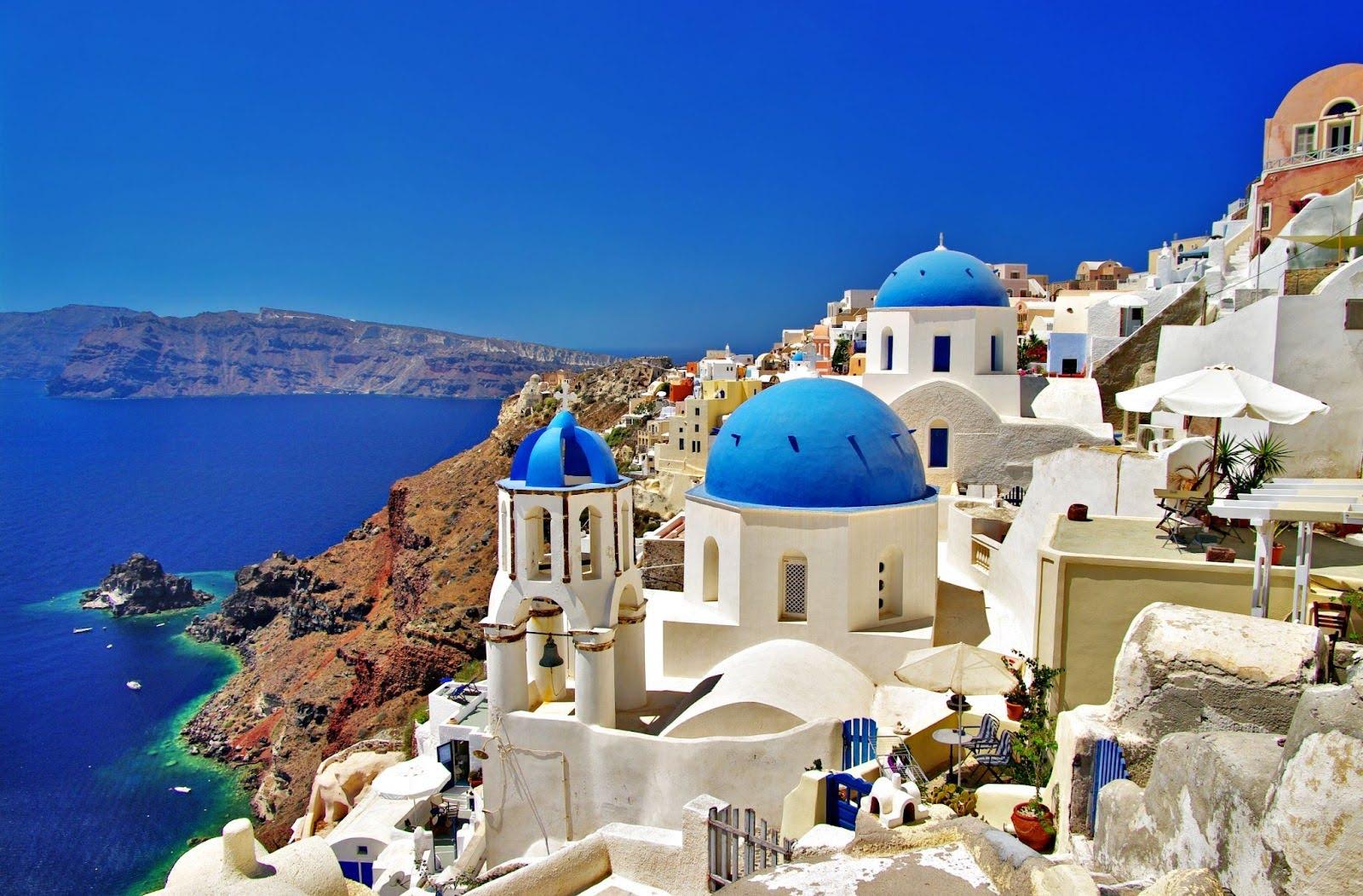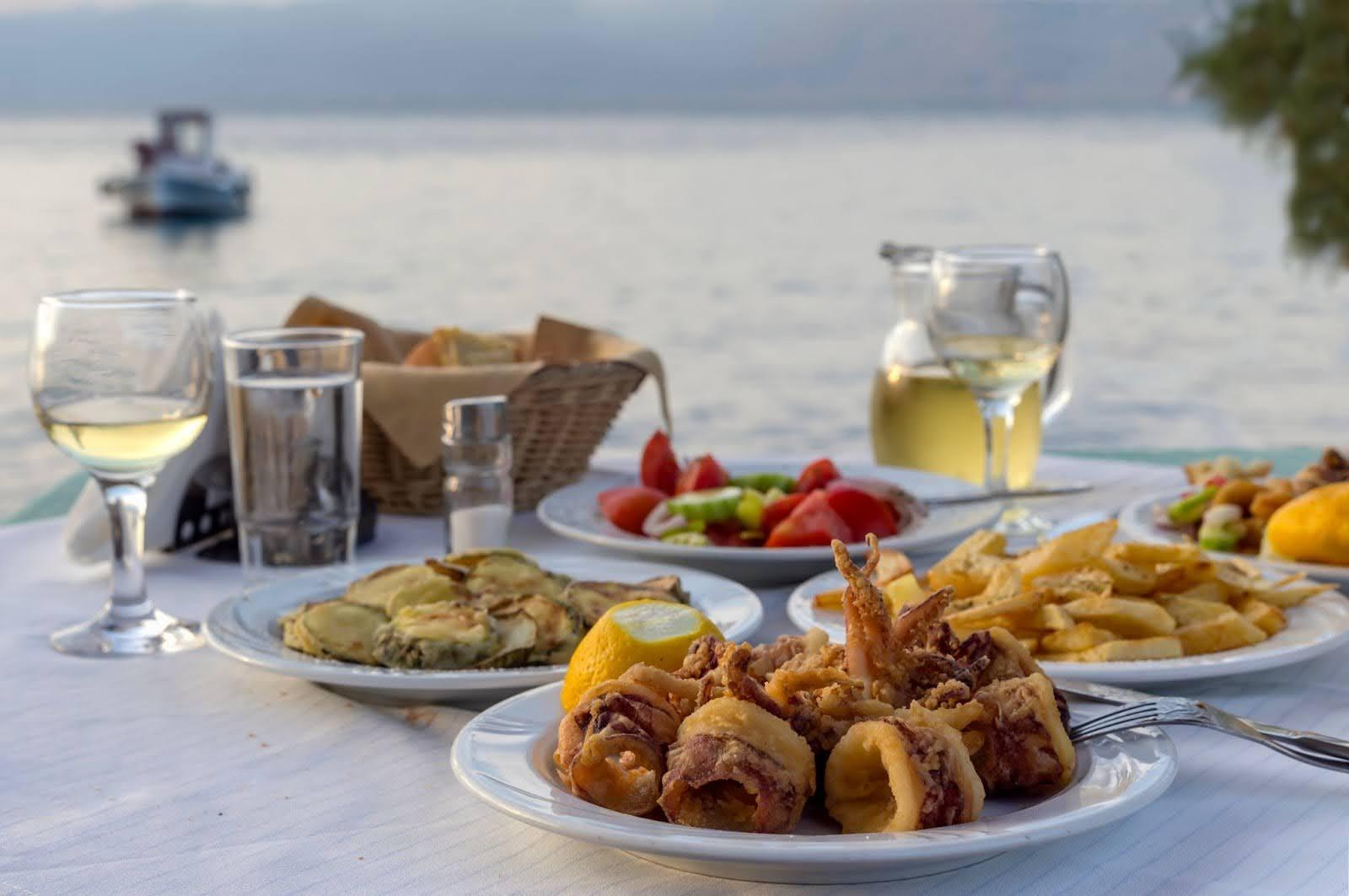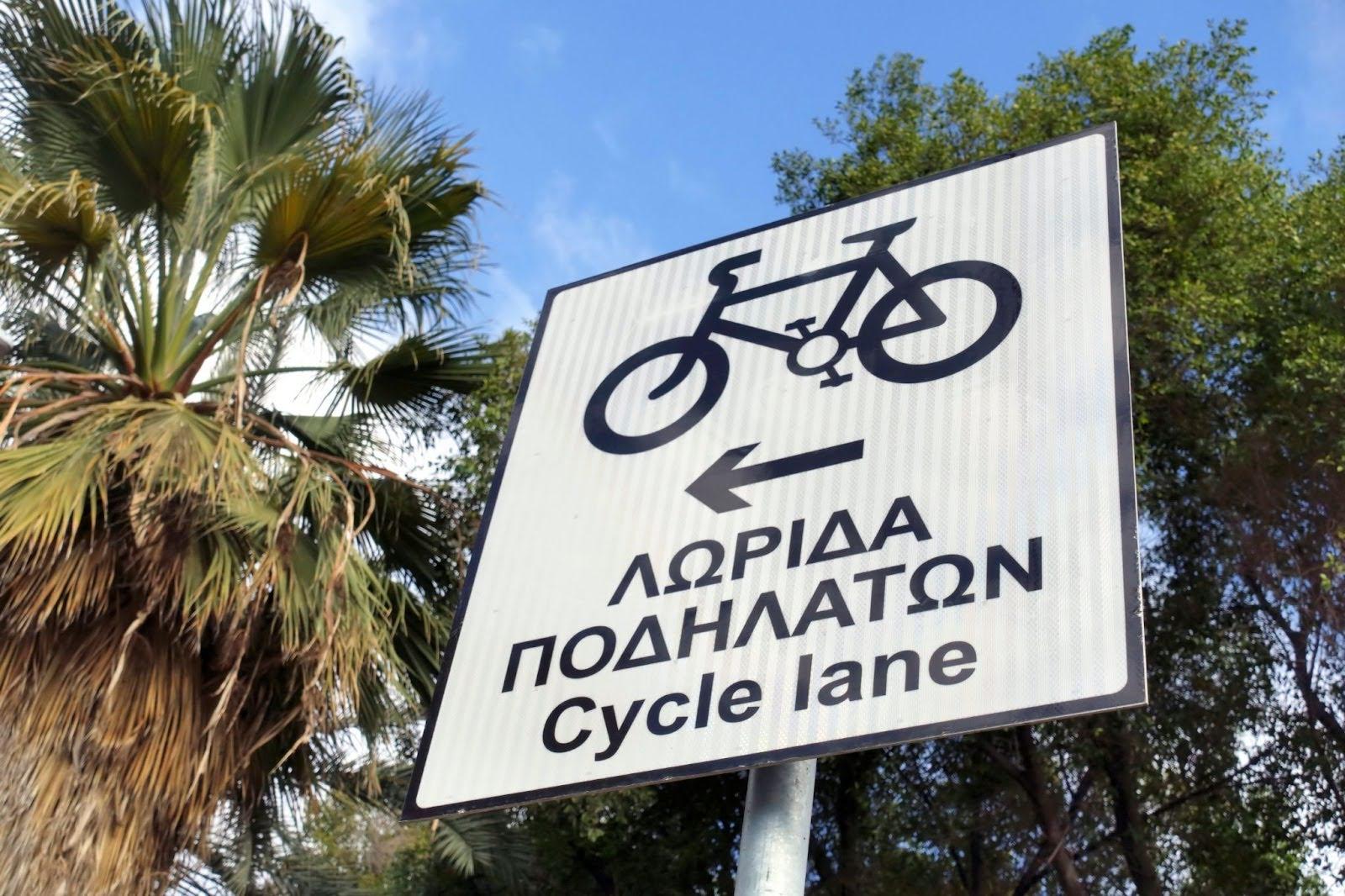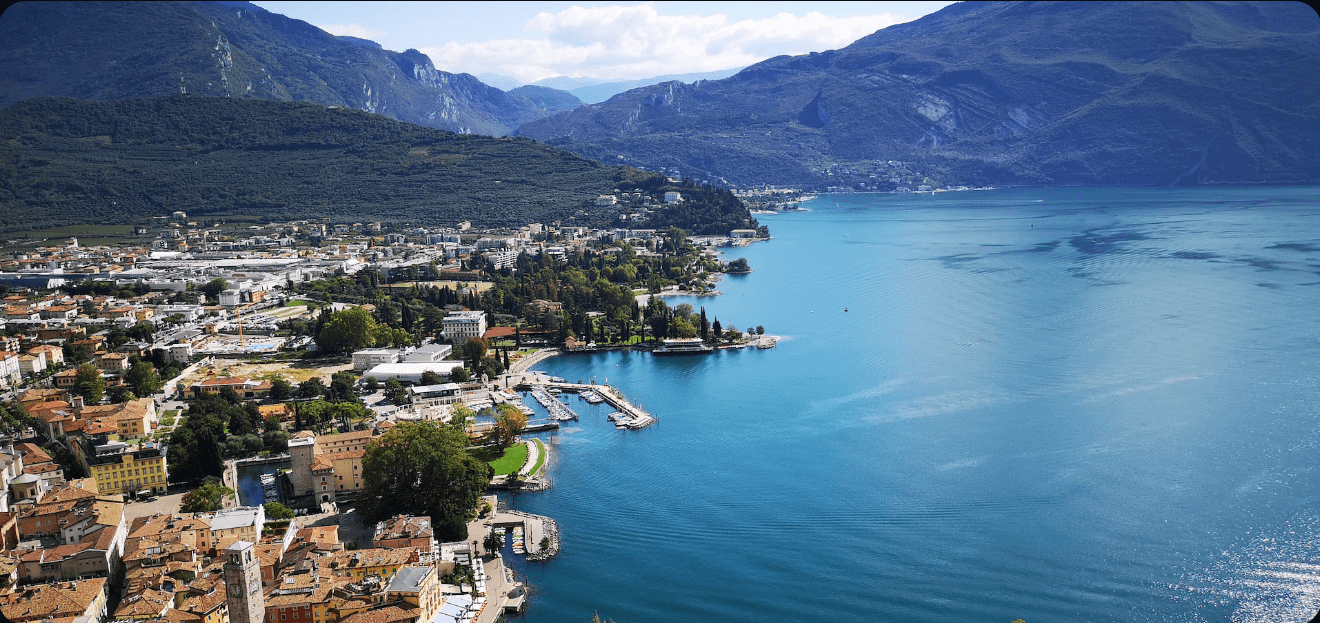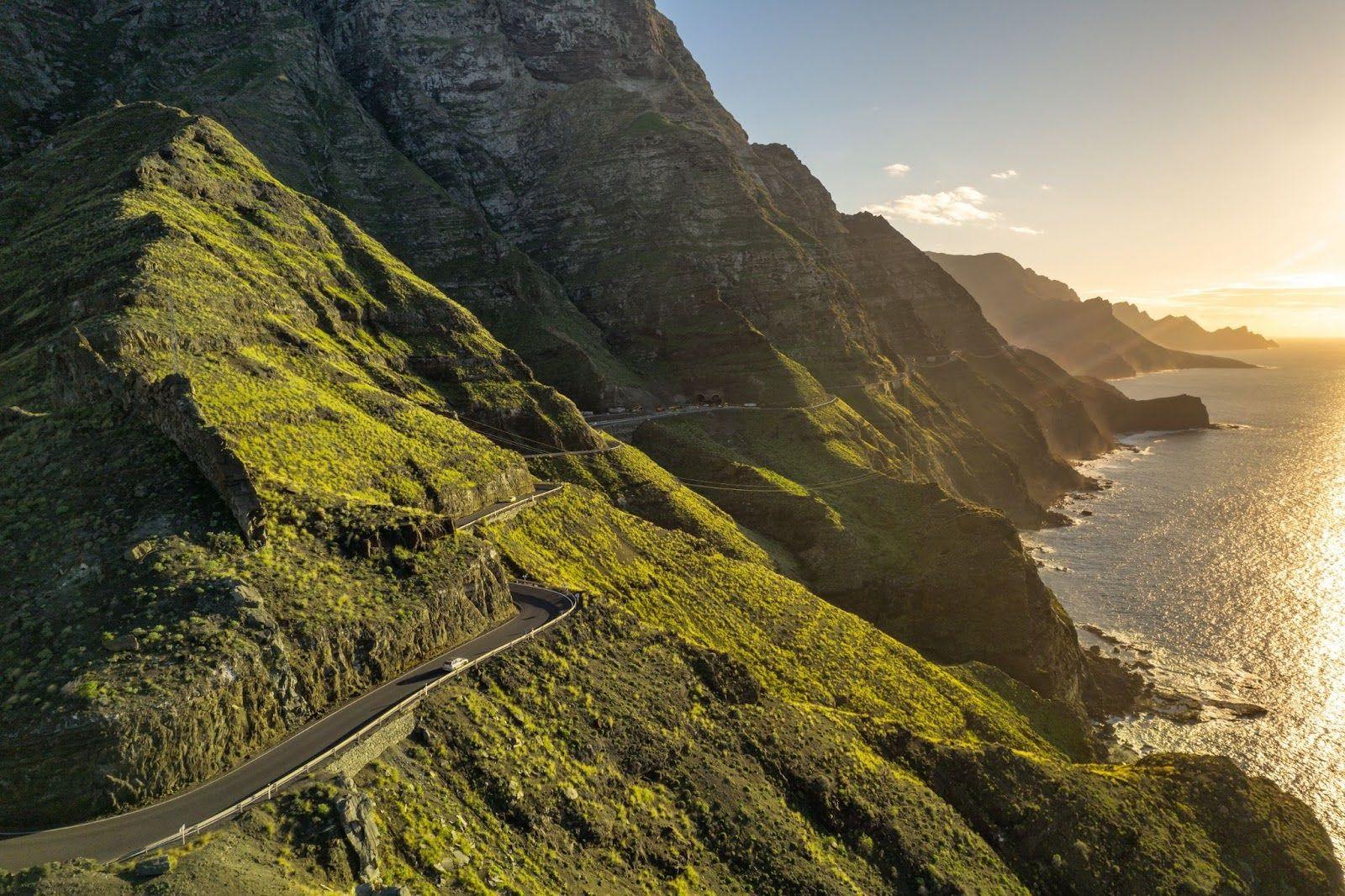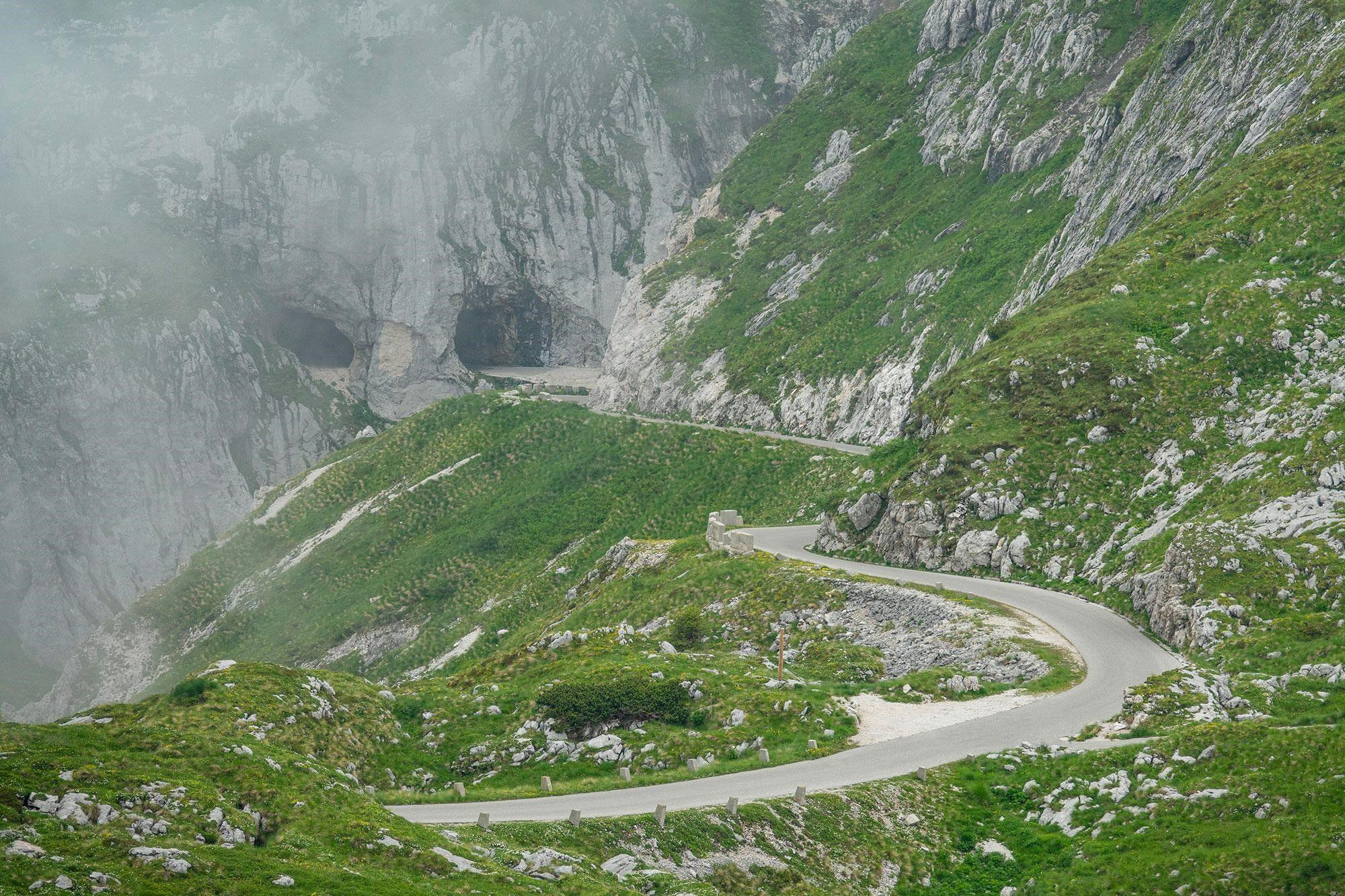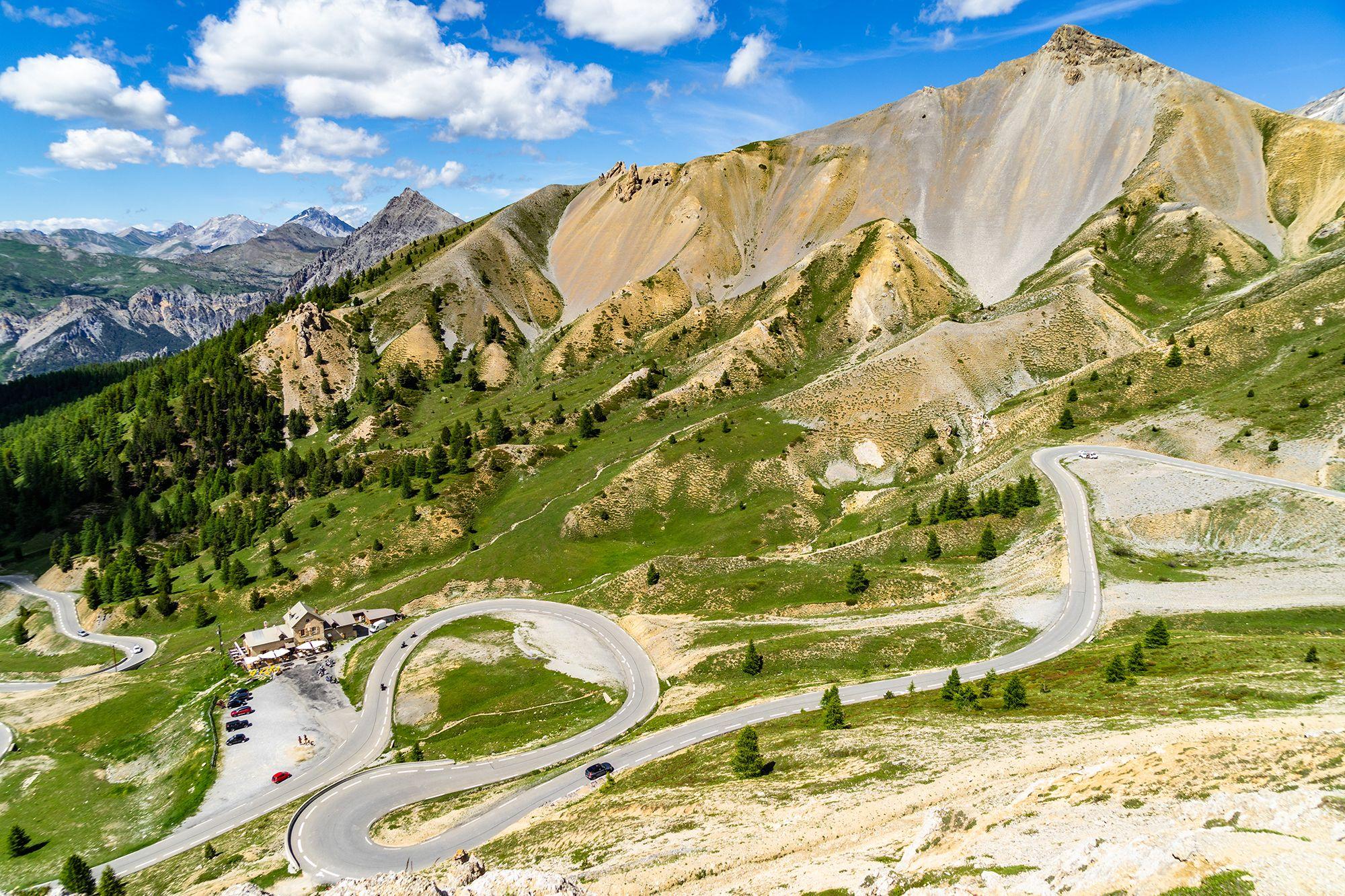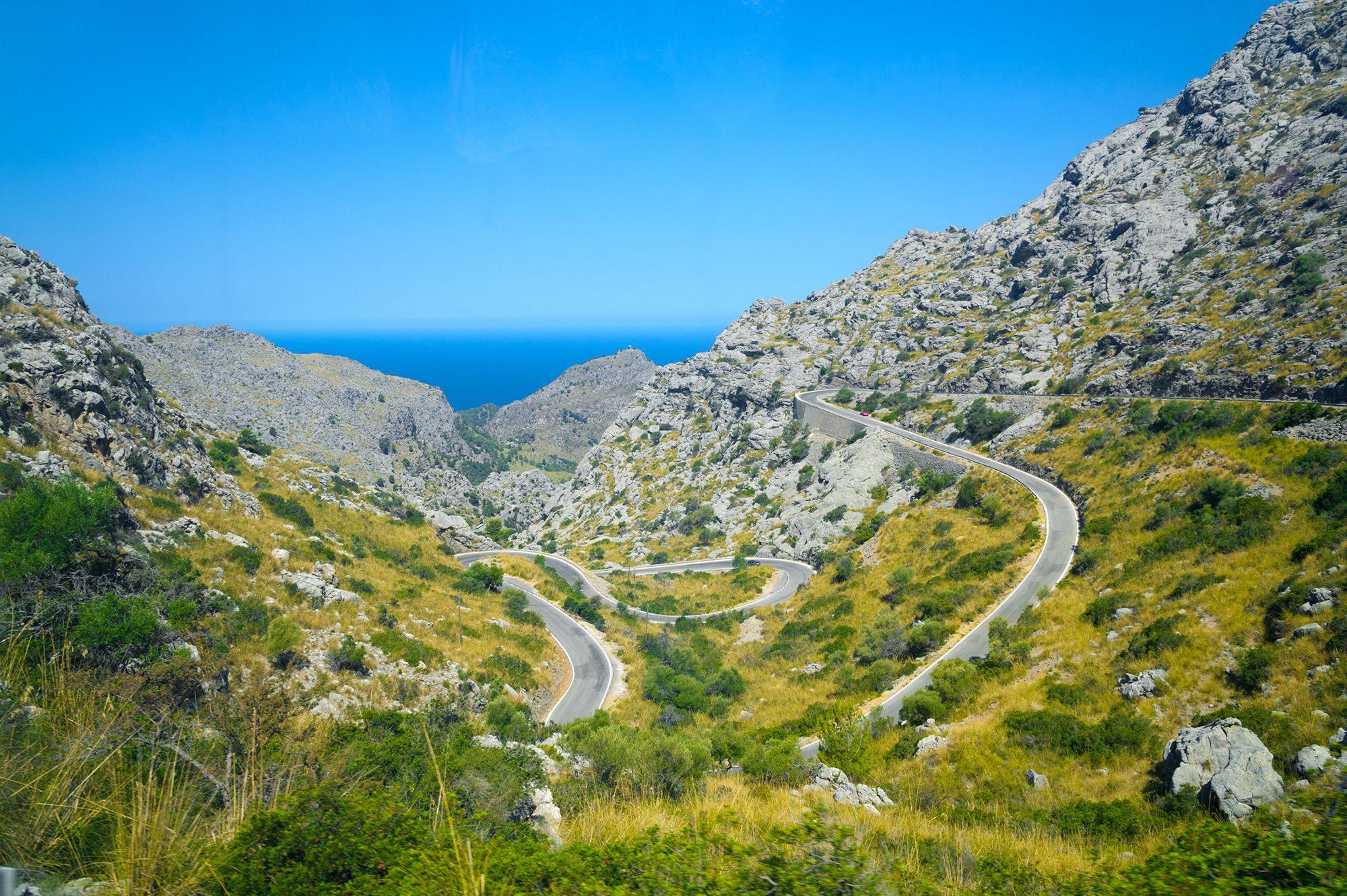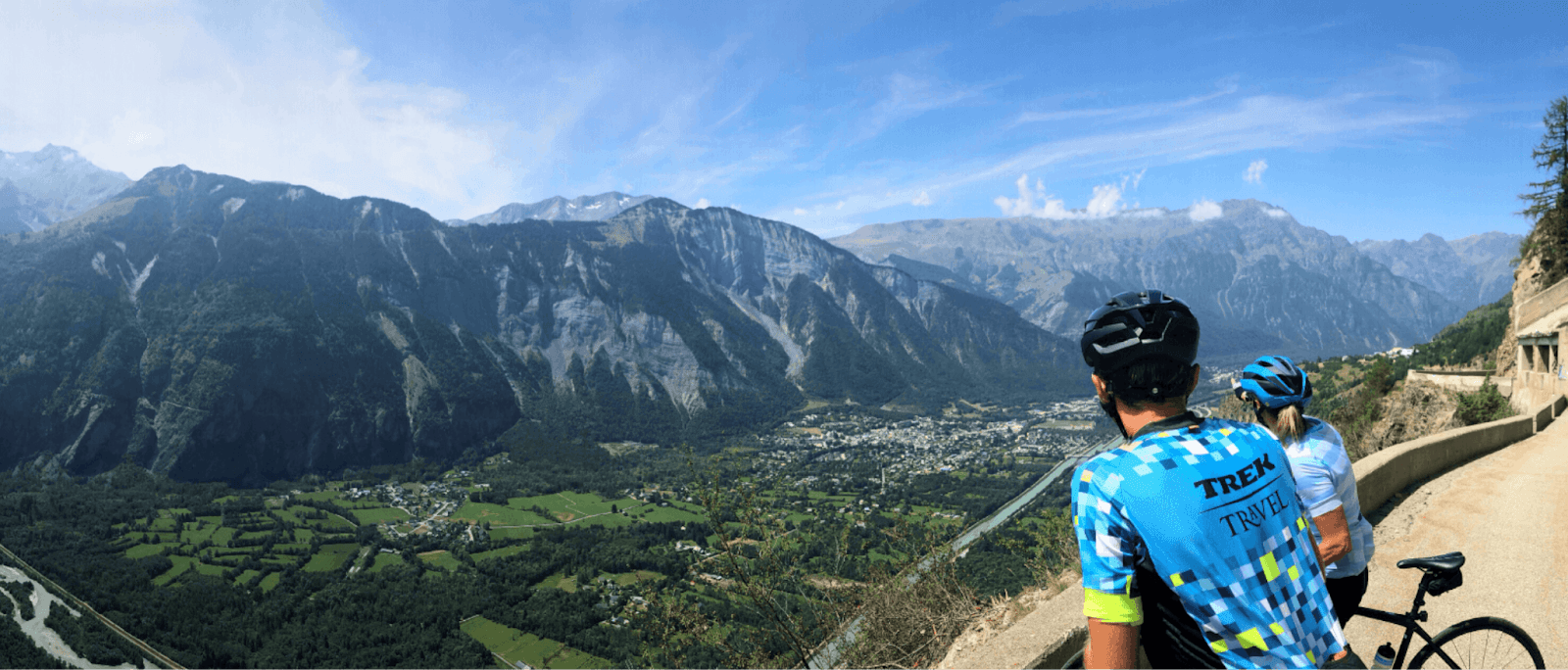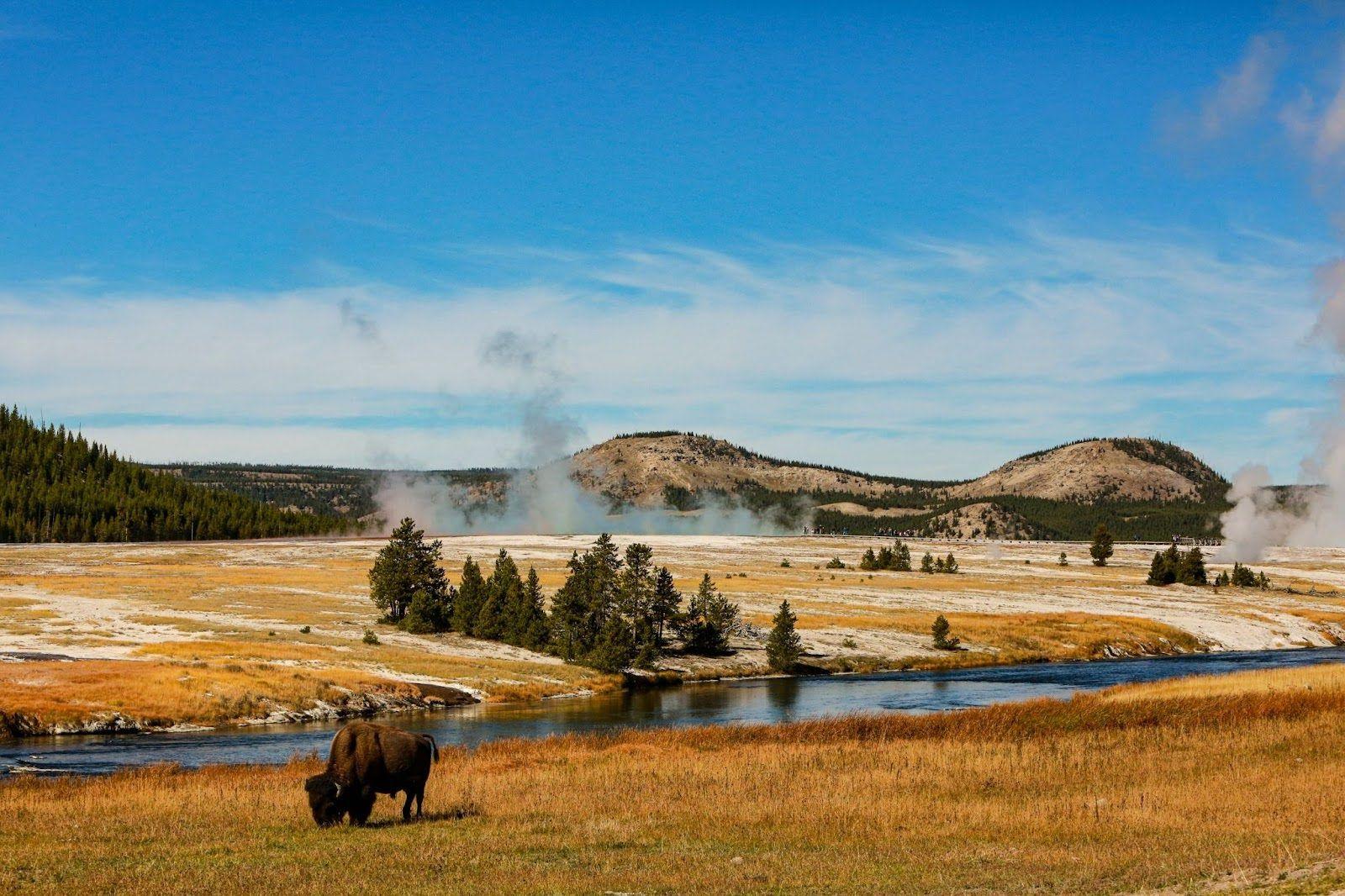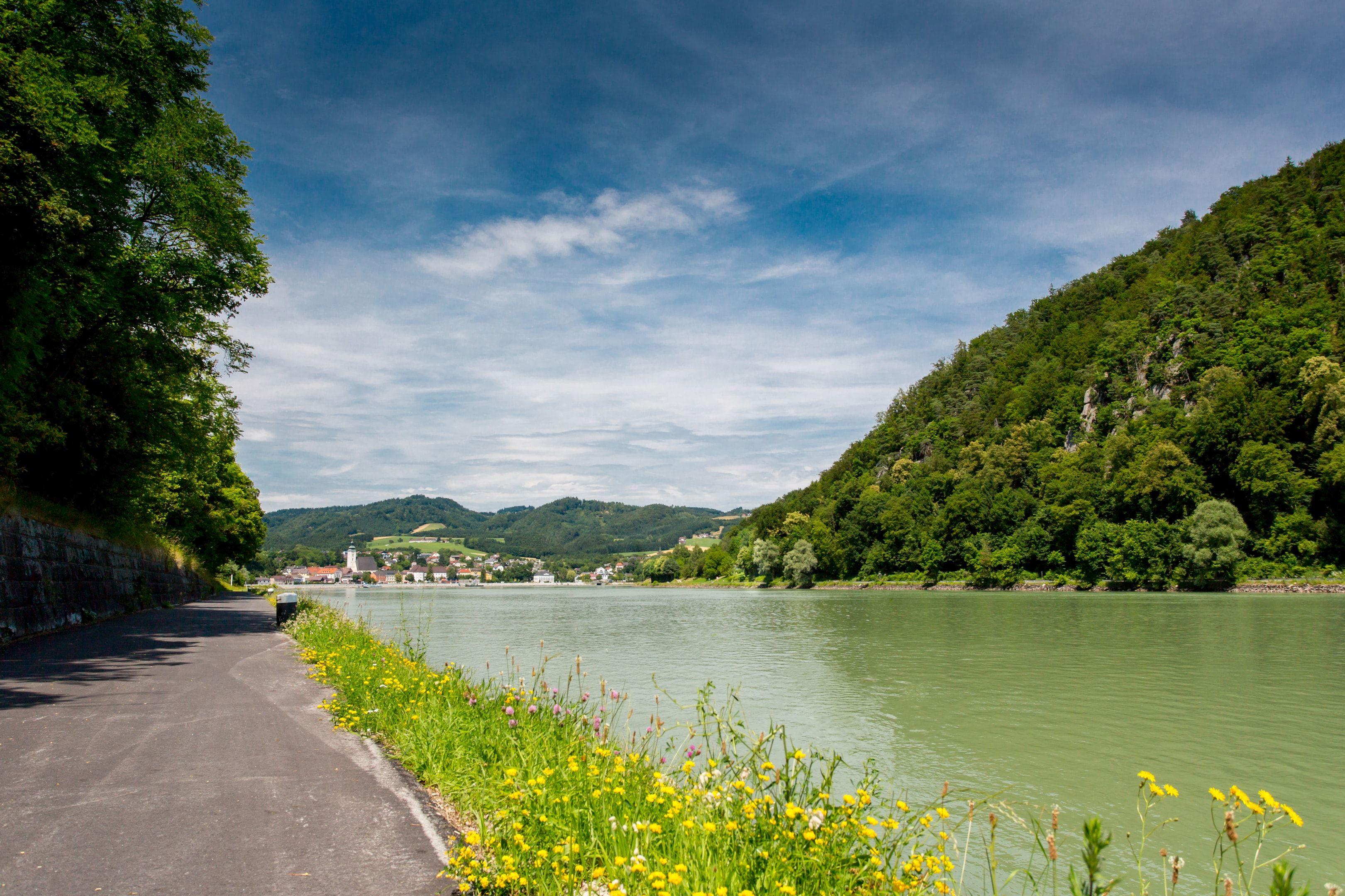Cycling in Greece combines the freedom of the open road with a strong connection to history, nature and everyday life. The landscapes change constantly, from whitewashed island villages to rugged mountain passes, olive groves, and quiet coastal roads.
Whether you like the idea of island-hopping with your bike, exploring ancient routes on the mainland, or challenging yourself on long climbs, cycling in Greece offers something for every type of cyclist. And if travel isn’t on the cards yet, you can still explore the same cycling routes in Greece virtually on ROUVY, riding through real video footage of Greek landscapes from home.
This guide will help you plan your perfect Greek cycling tour, from selecting the right region or island to understanding routes, logistics, and road safety.
Why choose cycling in Greece
Cycling in Greece brings together geography, heritage, and hospitality, making it an ideal destination for a cycling holiday. The mix of mountain roads, coastal roads, and quiet countryside routes gives you an incredible variety.
The climate makes cycling ideal for most of the year, especially in the cooler months from April to early June and from September to November, when temperatures are mild, skies are clear, and traffic is light. The mainland offers longer, more varied rides, while the islands provide compact routes with constant sea views and quick ferry links for those who like to move between places.
On two wheels, whether on a road bike, mountain bike, gravel bike or e-bike, cycling in Greece offers a unique cultural experience. You'll see ancient ruins, Byzantine monasteries, vineyards, and quaint mountain villages where traditional life continues. Greece is a popular cycling destination in Europe, offering a good mix of history and friendly hospitality.
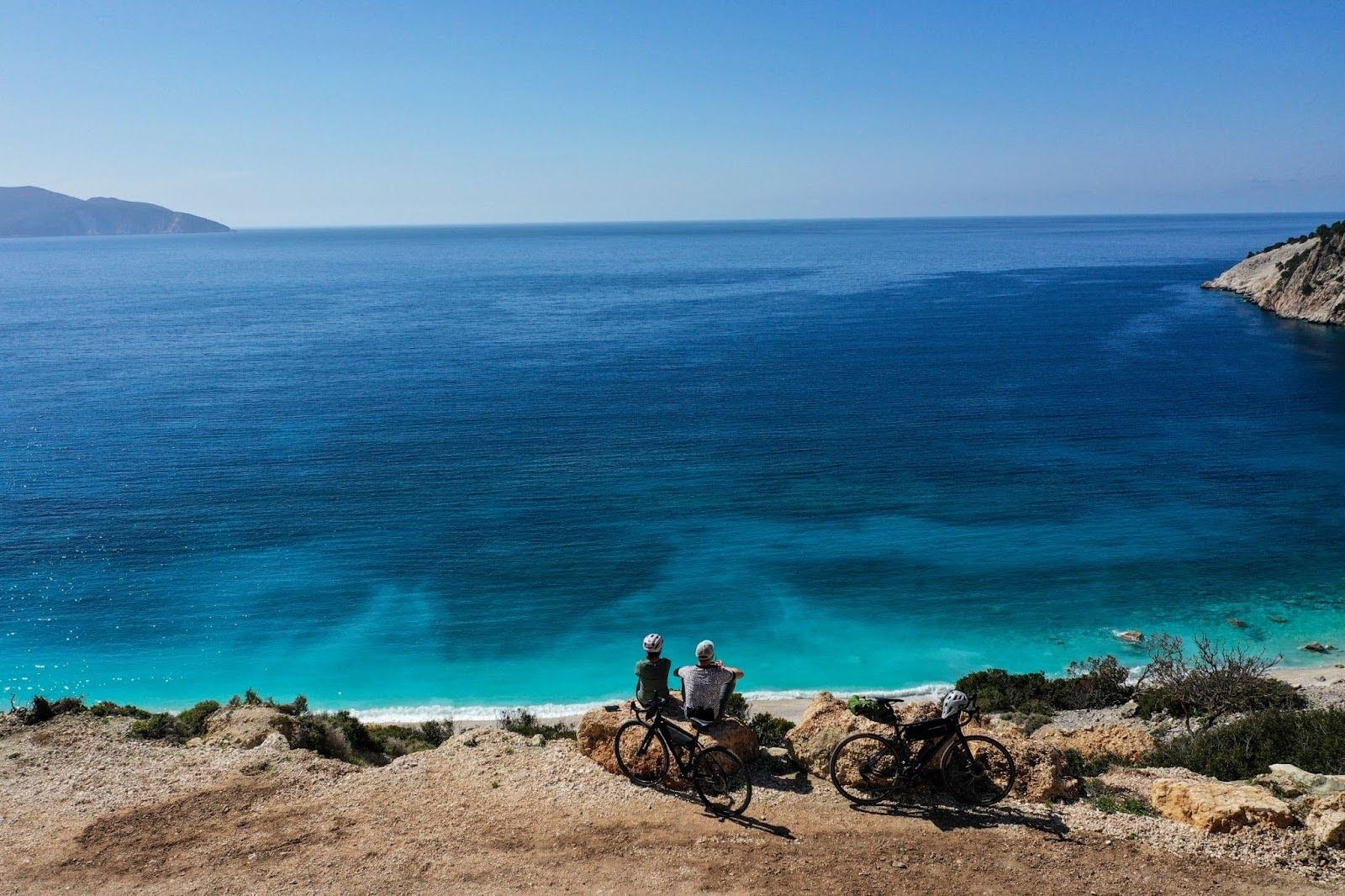
Top regions and islands for cycling in Greece
Peloponnese: History, coastlines and quiet roads
The Peloponnese peninsula is one of the best cycling regions in Greece, offering a combination of archaeological sites, long coastal roads, and peaceful countryside. Routes between Nafplio, Kalamata and Monemvasia follow rolling terrain lined with citrus groves and olive trees. Quiet backroads lead you to ancient sites like Mycenae, Epidaurus, and Olympia, offering a rare mix of cycling and exploration.
For riders following international routes, the EuroVelo 8 Mediterranean Route crosses parts of the Peloponnese, connecting historic towns and fishing ports.
Location: Epirus region, Etoloakarnania, and Peloponnese.
Characteristics: Features scenic landscapes, ancient sites like the Necromanteion of Acheron, and follows the coast through towns like Vonitsa and Mytikas.
Route: The path continues from the Ionian islands into the Peloponnese.
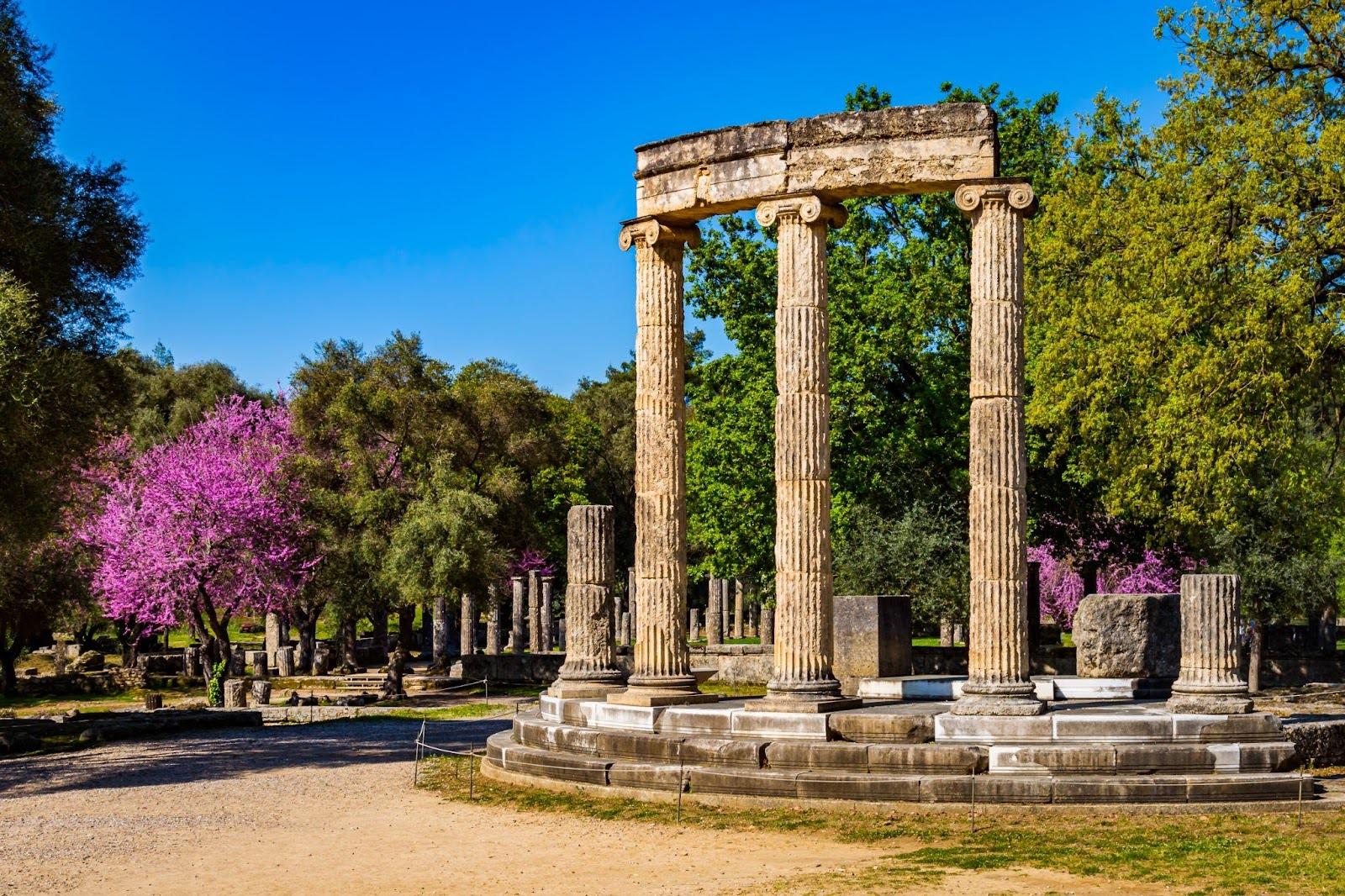
It’s possible to create loop rides or week-long itineraries with comfortable daily stages and overnight stops in the coastal cities. Expect steady climbs rather than steep grades, making it suitable for most cyclists. Spring brings wildflowers and mild weather, while autumn offers clear air and quiet roads. The Peloponnese are for those who like long, scenic rides that end with fresh seafood and a view of the sea.
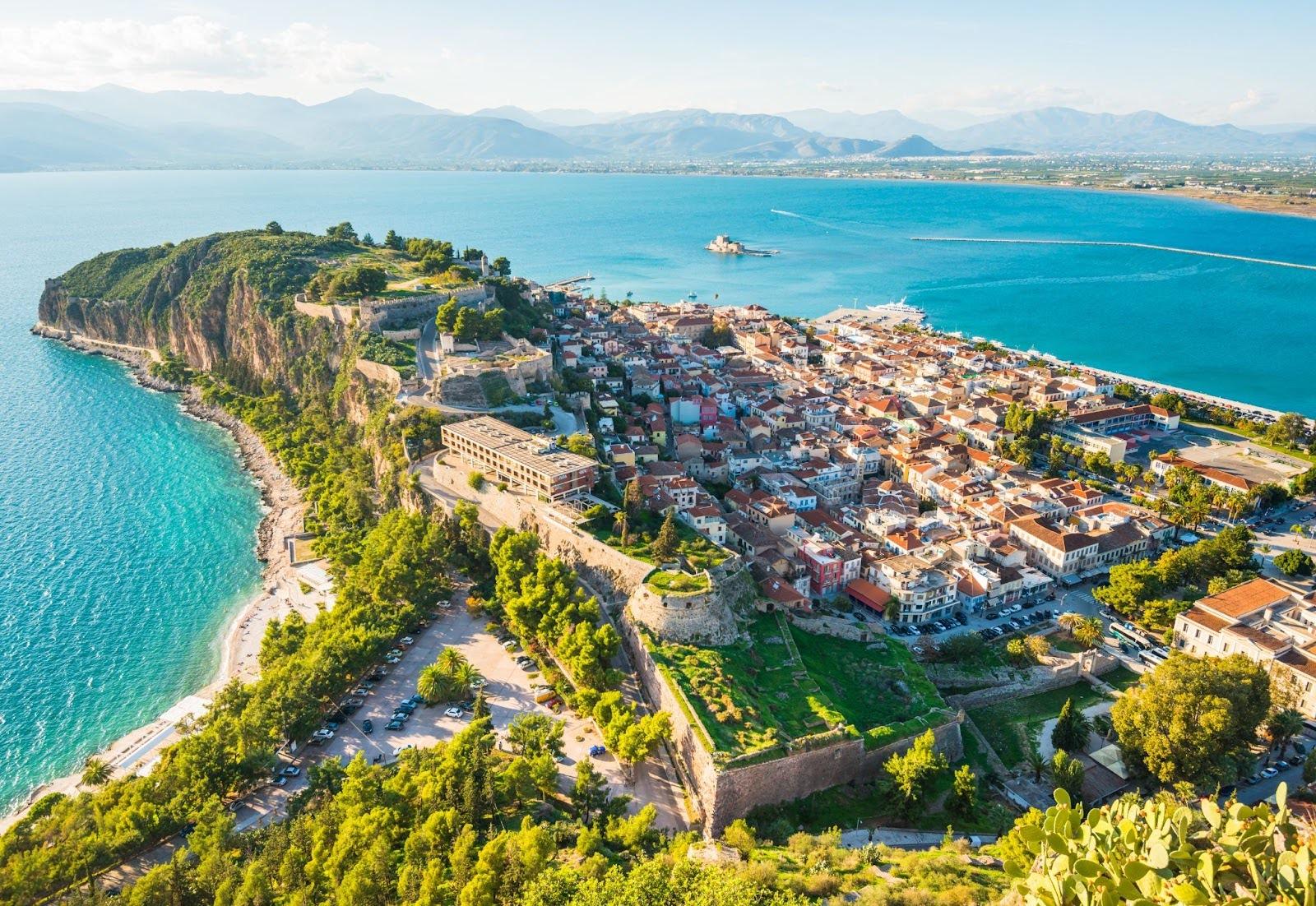
Crete: Rugged mountains and Mediterranean life
Crete is Greece’s largest island and one of its most diverse cycling destinations. The Lefka Ori (White Mountains) dominate the west, giving way to fertile valleys and rugged gorges such as Therisso and Imbros. Cyclists can ride from coast to coast or create challenging loops between Heraklion, Rethymno, and Chania, where every climb reveals another spectacular view of the Aegean.
Crete’s roads are well-maintained, with low traffic outside the main towns. Riders can expect big elevation gains but also generous descents that flow through olive groves and small villages where locals wave you down for coffee. The mix of terrain makes it perfect for road, mountain biking, gravel, bikepacking, and e-bike touring.
The island also has an active cycling scene, with local events and guided tours available. From the mountain passes of Anogeia to the south coast near Sfakia, Crete delivers a challenging yet deeply satisfying riding experience. It’s an island that tests your legs but rewards your effort with pure Mediterranean light and warmth.
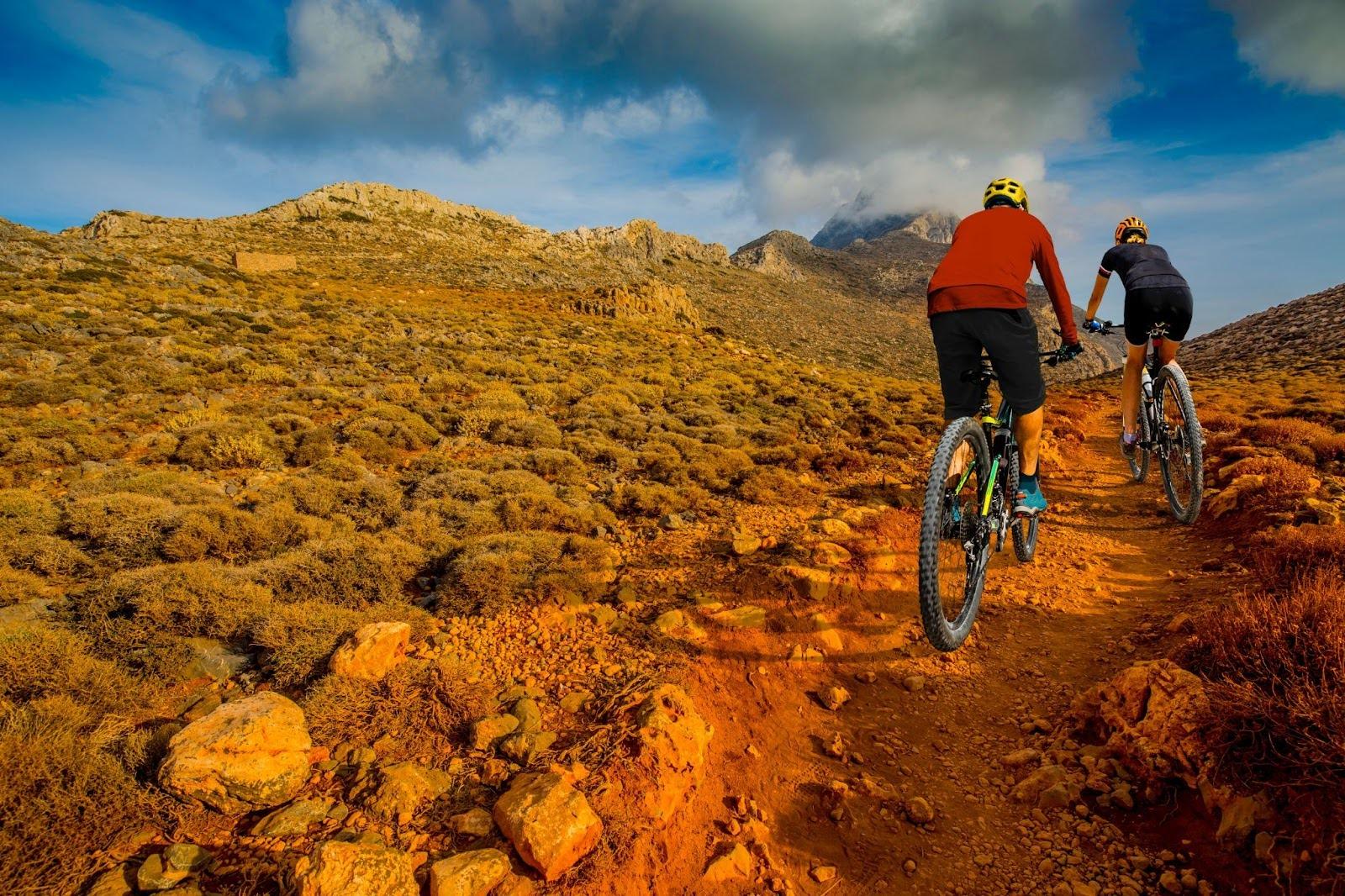
The Cyclades: Island-hopping freedom
The Cyclades are what most people imagine when they picture cycling in the Greek islands, whitewashed houses, blue-domed churches, and winding coastal roads framed by endless blue sea. Islands like Paros, Naxos, Tinos, and Syros offer manageable distances, good road surfaces, and relatively light traffic, making them ideal for casual or intermediate riders.
Each island has its own characteristics and terrain. Naxos, the largest of the Cyclades, has a surprisingly varied landscape, from fertile valleys to climbs that challenge even the strongest riders. Paros offers a balanced mix of beachside routes and rolling hills dotted with villages, while Syros is smaller and well-suited to leisurely two-day loops with cultural stops in local cafés and small fishing ports.
Mykonos and Santorini, though better known for their views and nightlife than for cycling, can still offer unique experiences. In Mykonos, quiet off-season rides through the island's inland farmland and along its lesser-known southern coast reveal a more authentic side of the island. Short morning rides before the crowds arrive are best, especially around Ano Mera village, where traditional bakeries and local tavernas line the square. Santorini rewards riders with magnificent caldera views and short but steep e-bike-friendly routes around Fira, Oia, and Akrotiri.
The Meltemi winds can be strong in summer, so aim for early morning or off-season rides when the weather and roads are more forgiving. With regular ferries between the islands, it’s easy to combine cycling with swims, local food, and the slower lifestyle of Aegean life.
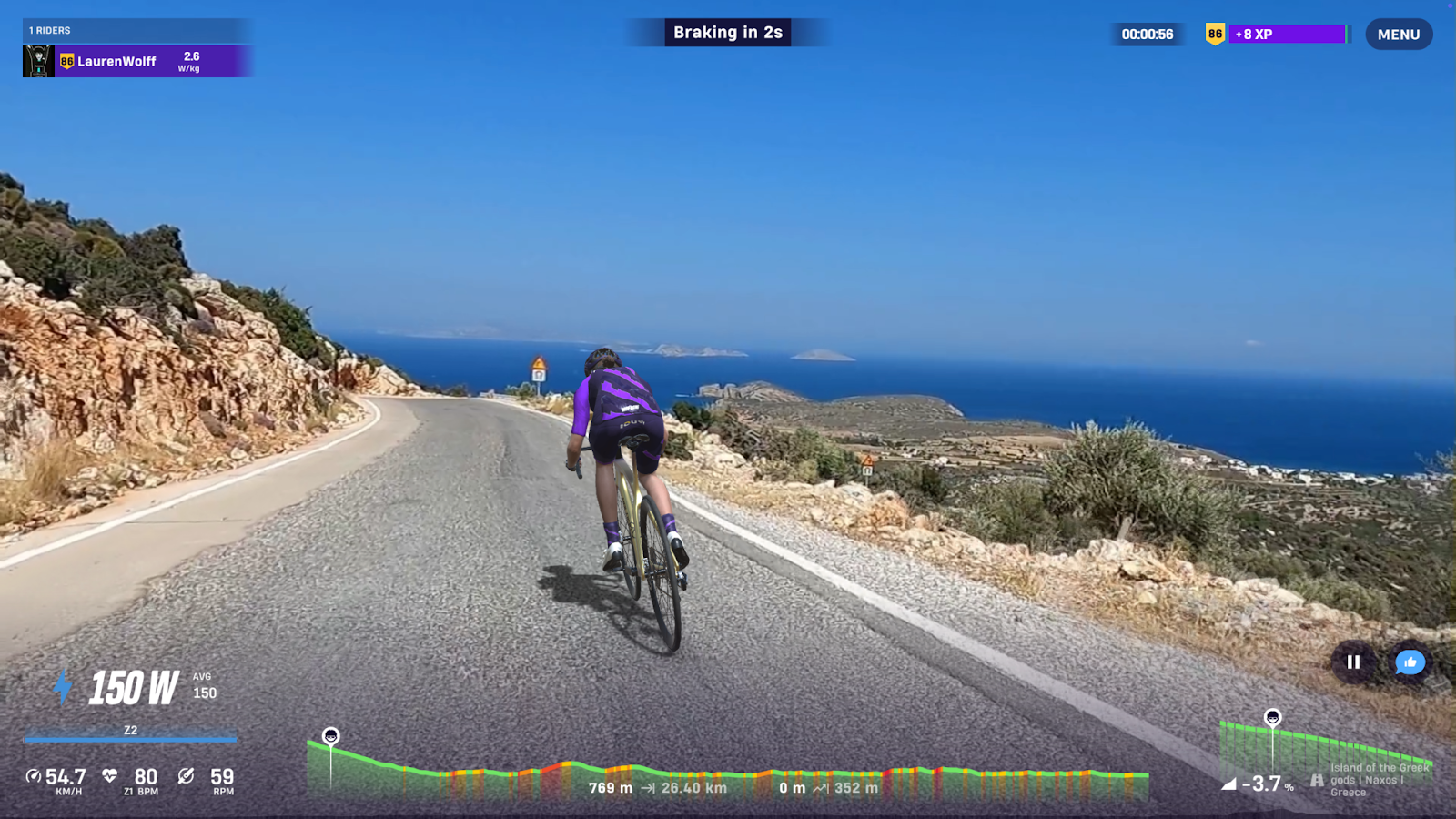
Epirus and Central Greece: Wild landscapes and mountain air
For cyclists who prefer rugged landscapes and fewer tourists, Epirus and Central Greece are ideal. The region’s mountain roads twist through forests and gorges, past ancient stone villages. The Zagori region and Vikos Gorge offer challenging climbs and gravel tracks, while the area around Ioannina and Lake Pamvotis provides flatter routes and great scenery.
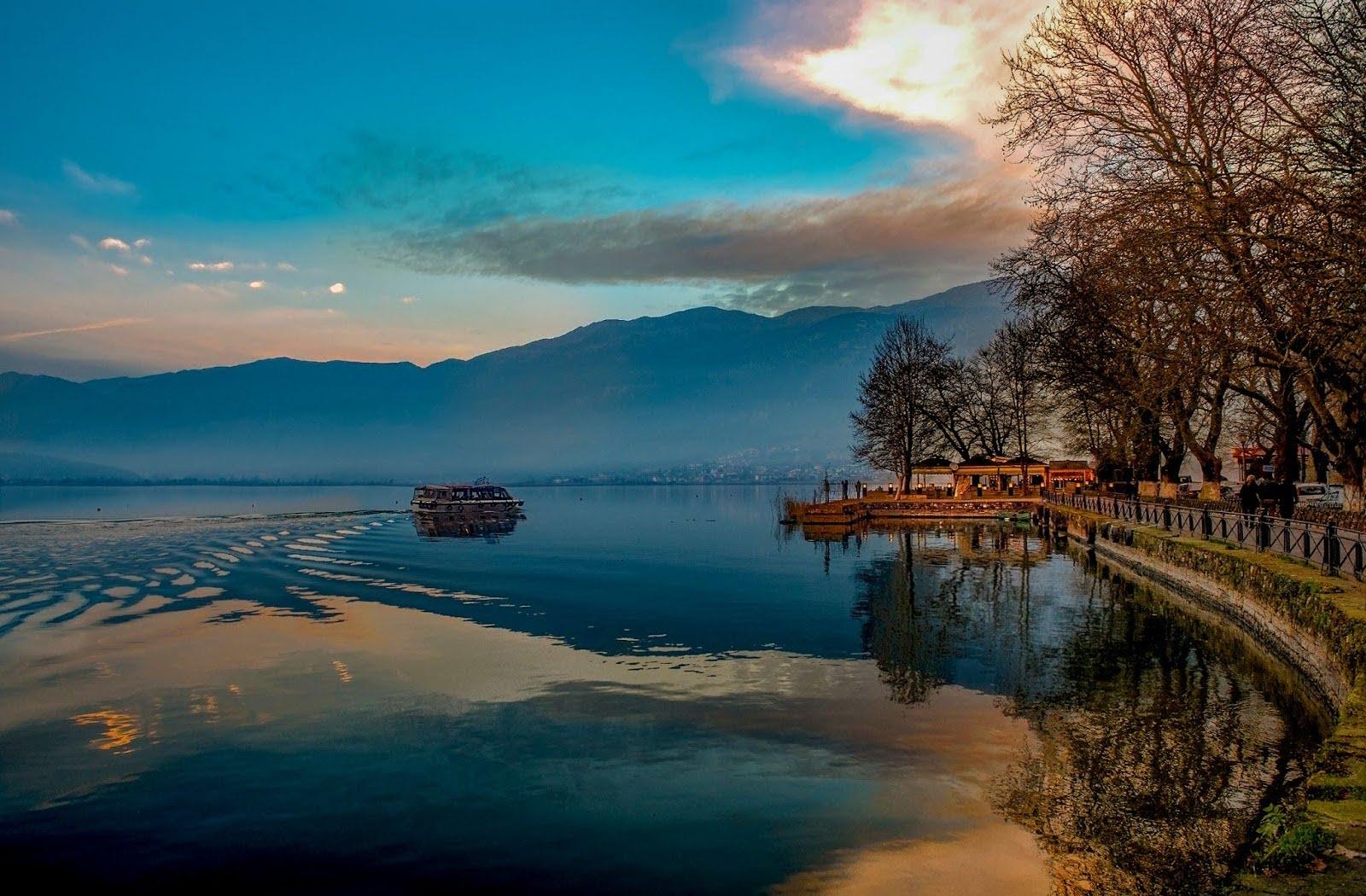
This is a land of contrast, cool mountain air in the mornings, warm sunshine in the valleys, and incredible variety. It’s especially rewarding for gravel and adventure cyclists who enjoy technical terrain and solitude. The stone bridges, alpine plateaus, and monasteries carved into cliffs make each ride memorable.
Riders can link routes from Epirus toward Meteora, cycling between the surreal rock pillars and monasteries perched high above the plain. These are some of Greece’s most challenging yet rewarding routes, suited to confident riders who love long days and minimal traffic.
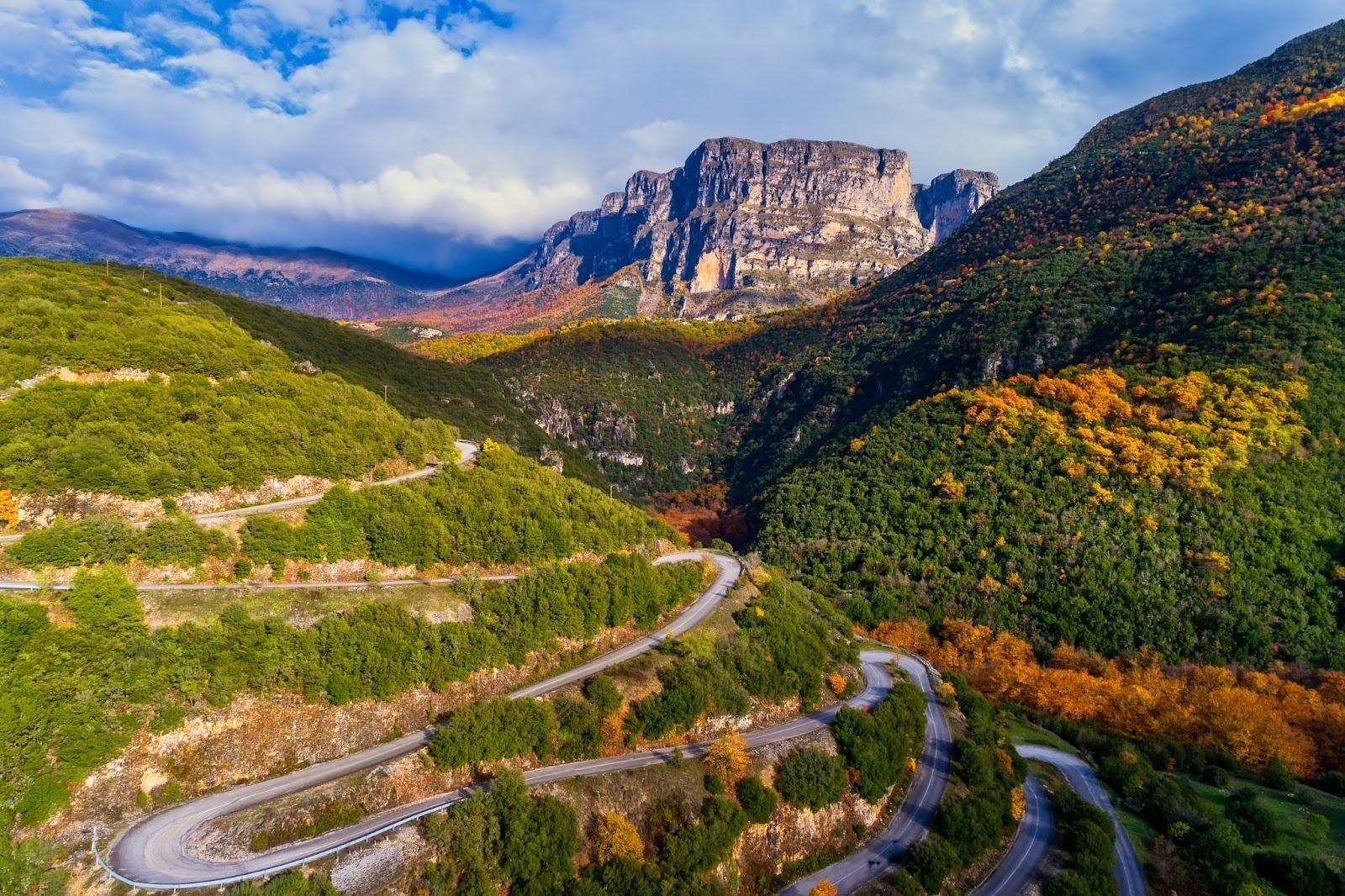
Athens and Attica: A gateway to Greek cycling
Most travellers land in Athens, but few realise how good the cycling around Attica can be. The route from central Athens to Cape Sounion follows the scenic Athenian Riviera, culminating at the Temple of Poseidon, making it a perfect spot for witnessing a sunrise or sunset. You can ride this same route on ROUVY along the Athens Riviera.
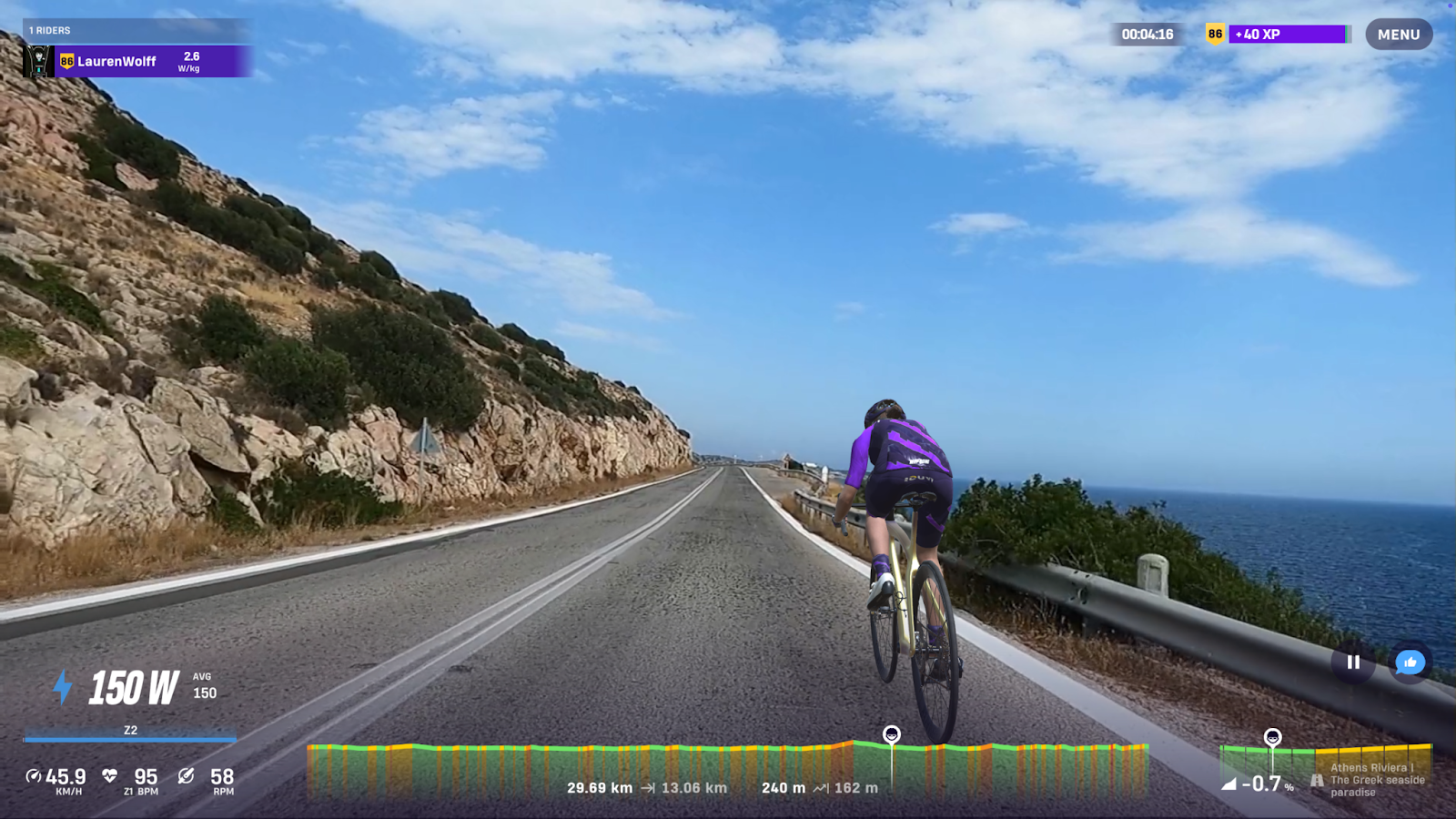
Other highlights include the loop around Lake Marathon, where Athens’ ancient aqueduct system still feeds the modern city, and climbs toward Mount Parnitha, where pine forests and mountain roads offer a complete escape from urban life, perfect for mountain biking.
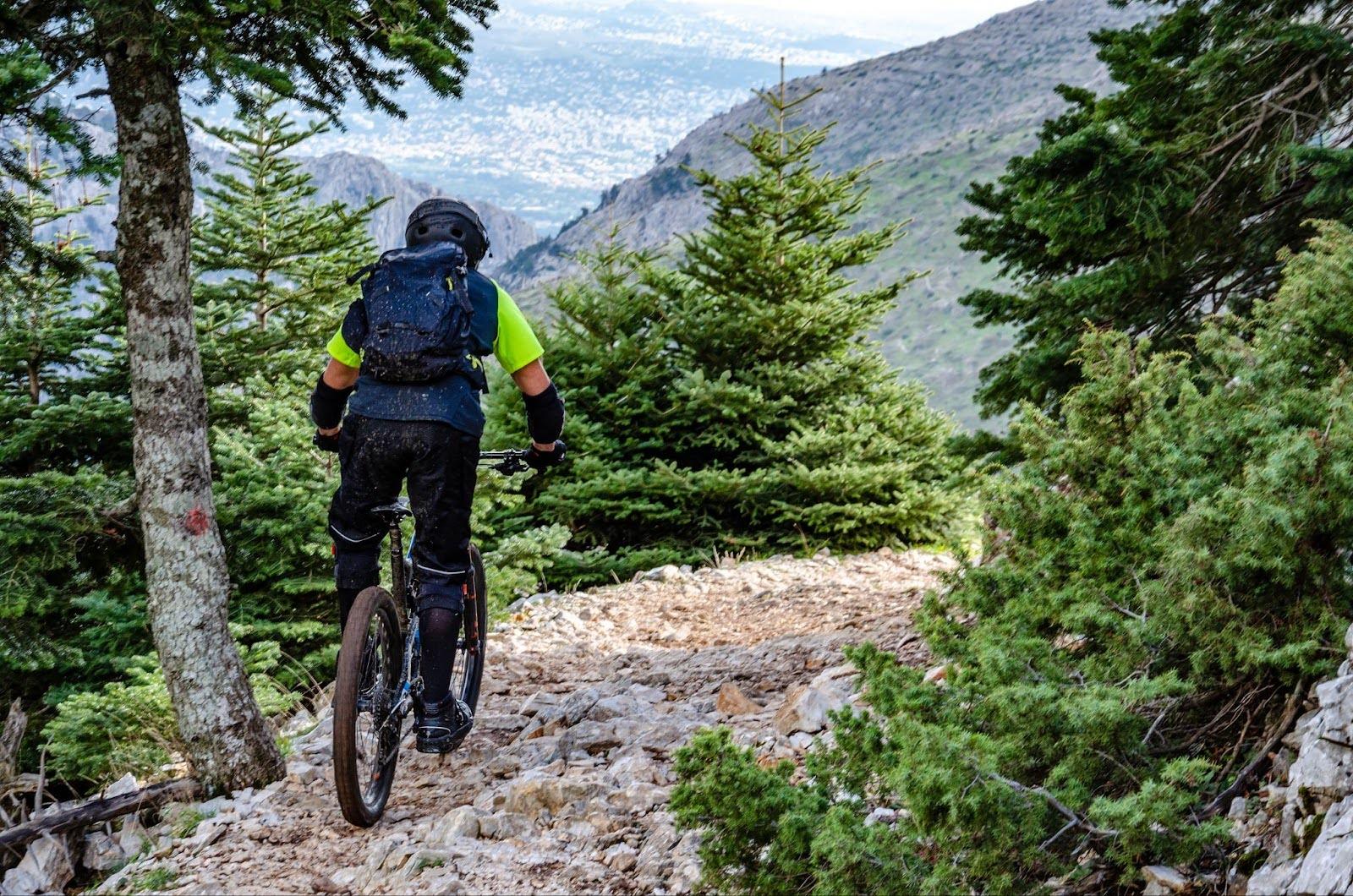
Local cycling clubs are active and welcoming, often hosting weekend rides. Early mornings are best for avoiding city traffic. Athens makes a great starting or ending point for any cycling holiday in Greece, with quick transfers to the Peloponnese, islands, or national parks.
